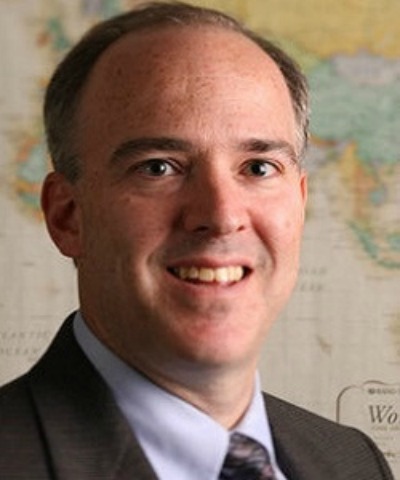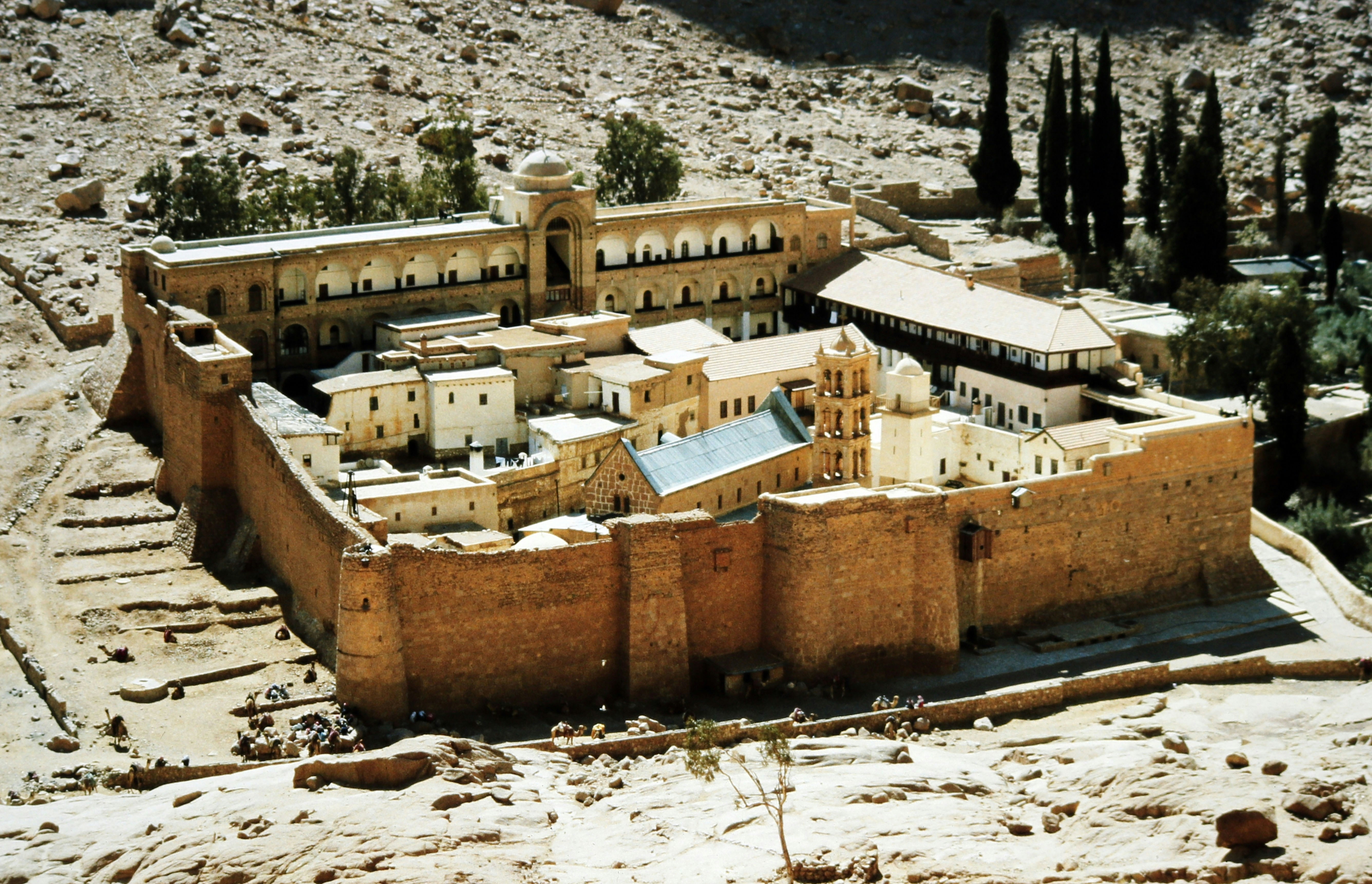This is the fifth of a series of nine posts that previews one chapter of the new book by Daniel Philpott, Religious Freedom in Islam: The Fate of a Universal Human Right in the Muslim World Today. This article features edited excerpts from chapter 4 of the book.
To read all posts in this series visit: Previewing Religious Freedom in Islam by Daniel Philpott

In the last two posts, I have argued that Islam is not hardwired for violence, but even a casual consumer of contemporary news in the West is likely to ask: What about the shootings by an Islamist in the nightclub in Orlando, Florida in 2016? Or the violence that Islamists have perpetrated in Paris, London, Madrid, Berlin, Fort Hood, Ottawa, Boston, and so many other places? Or the Islamic State? Or the attacks of September 11, 2001? A more informed observer might add this: What about the many Muslims around the world who have been victims of Muslim terrorism? These phenomena did not appear motivated by the rationales of religious freedom or secular repression, the political theologies that I have argued govern other patterns of Muslim-majority states. No, this violence appears motivated by the Islamic faith.
The third pattern of regime among Muslim-majority countries is what I call “religious repressive.” These countries are governed by a political theology of Islamism, whereby the state seeks to promote a highly traditional form of Islam in all spheres of society through law, policy, and coercive – often harshly coercive – power. These countries make up 21 out of 47 Muslim-majority countries. They are the ones that most bear out an “Islamoskeptic” view of the Muslim world (see previous posts). According to Islamoskeptics, these are the Muslims that you have heard about; they are for real; and they are the real Islam.
What are some of the Islamist state’s tools for restriction? A clause in the constitution that declares Islam the official religion of the state or that no law shall contradict Islam often paves the way for a whole range of more specific restrictions. Notorious, too, are codes against blasphemy and apostasy. Harsh also are laws that declare an entire sect of Islam to be apostate, as do laws against the Ahmadiyya sect in Pakistan and Indonesia or against the Baha’is in Iran. Even when dissenting sects or religious minorities are allowed to operate, Islamist governments can make it difficult for them to build houses of worship, express their faith through the media, and practice their faith in a host of other ways. Islamist states exercise a strong hand in governing universities, schools, seminaries, and houses of worship, and they regulate spheres of life ranging from dress to marriage to observance of the faith.
What do Islamist states teach us about religious freedom in Islam? They would seem to make the strongest case for Islamoskepticism. Are they not exactly what these skeptics have in mind? There can be no question that Islamist thought is inimical to religious freedom and that Islamist states are arch-violators of religious freedom. It is in these states that we find a strong restriction of religion among the entire population, brutal violence against minorities of other faiths and Muslim dissenters, and the atmosphere of fear that the threat of violence elicits. Nor cannot it be denied that Islamist doctrines and theology motivate this violence and fear.
Islamoskeptics are justly suspicious of certain commonly voiced arguments that explain away Islamism—as the result of poverty and underdevelopment, for instance. Several of the most repressive Islamist states are among the richest states in the world. Qatar tops the International Monetary Fund’s list of states ranked by per capita gross domestic product, and Bahrain, Saudi Arabia, the United Arab Emirates, Oman, and Brunei rank in the top 34 of 187 states. Even Iran, one of the standard-bearers of Islamism, is in the top half, standing at 78 or 187. It will be replied that although the wealth is formidable in these states, it is concentrated in a few hands, a situation of gross inequality that creates the conditions for religious extremism. The trouble here, though, is that several studies of the economic basis of Islamist movements show no strong connection between economic deprivation and either Islamist militancy or Islamist movements.
If these Islamoskeptic judgments capture undeniable dimensions of Islamism, however, a close-up view of the Muslim landscape again reveals more complexity. Side by side with the dynamics that Islamoskeptics rightly identify are dynamics of the kind that are stressed by Islamopluralists, who view Islam as a diverse religion containing both peaceful and violent tendencies.
One is history. An Islamoskeptic tenet is that a tendency toward violence and intolerance is hardwired in Islam’s founding texts and events. This once-and-for-all view of things, however, misses a key feature of Islamist states: They are products of modernity. As we have seen, Islamism arose in the modern world, criticized the modern world, and adopted features of the modern world in order to advance a program of overcoming the modern world. Islamism offers an interpretation of history that is intelligible in only a certain moment in history: Islam had greatly declined from the glory that it had enjoyed in previous centuries, because of both internal decay and domination at the hands of European colonial powers who imposed on them a rigid Western secularism. Historian Nikki R. Keddie shows in her 1994 article in Comparative Studies in Society and History that virtually every militant Islamist movement in the modern era, with the admittedly important exception of Wahhabism, arose as a reaction to Western colonialism. Fittingly, Hassan Al-Banna founded the Muslim Brotherhood only four years after the Turkish parliament dissolved the last Caliphate in 1924. Now, the West’s own decay yields an opportunity to recover that glory. Such a recovery involves adopting the modern world’s quintessential political form: the sovereign state. Islamists view the state as a vehicle for the global Islamic revolution even as they believe that the state will one day crumble and give way to the united umma (again, echoing Marx). None of this analysis can be found in the Qur’an or the Hadiths. It arises in a particular historical circumstance: the modern world.
Another dimension of Islamist states that Islamoskeptics miss is that not all—or even most—of their inhabitants are typically Islamists. Islamoskeptics stress uniformity of opinion in Islam, especially in matters manifesting violence and intolerance. It does not follow from Islamism’s strong influence in these states, though, that their populations conform to Islamist thinking. As we have seen, Islamist parties have never polled well in democratic elections, often securing only a tiny percentage of the vote. It is telling of Islamism that it secures its influence largely through nondemocratic channels: authoritarian regimes; constitutional provisions that are very difficult to change; sectors of the government that are beyond democratic control, for example, the Pakistani intelligence service; and terrorist groups that do not participate in normal politics at all. How Islamists exert influence is little different from how dictators exert influence. So it must be, for Islamism is too narrowly shared to succeed in genuinely open democratic politics.
This mixture of Islamoskeptic and Islamopluralist insights may seem unsatisfactory for those who wish for a straight answer to the question of Islam and religious freedom. Perhaps the best way to synthesize them is to say that Islamism poses a real and direct threat to religious freedom but that Islamism is far from all of Islam. Thus reinforced is the central argument of Religious Freedom In Islam that despite the many obstacles and denials of religious freedom in Islam, hope for religious freedom in Islam ought to be tended.
Might Islamist states become more religiously free? Change seems least likely in Iran, Saudi Arabia, and the many other Islamist states where religious repression is ensconced in the ruling structures, but is perhaps more likely in Indonesia, where Islamism is not as enshrined legally and where democratic elections and the genuine turnover of power encourage more flux. We must always remember, though, that change, even radical change, is difficult to predict. We do well to recall, too, that few predicted the rise of Islamism in the first place.
Daniel Philpott is a Professor in the Department of Political Science at the University of Notre Dame and a Senior Associate Scholar at the Religious Freedom Institute.
All views and opinions presented in this essay are solely those of the author and publication on Cornerstone does not represent an endorsement or agreement from the Religious Freedom Institute or its leadership.
THE RFI BLOG

Is Egypt’s Government Trying To Take Over Christianity’s Most Important Monastery?

Does Southeast Asia Lead the World in Human Flourishing?

RFI Leads Training Session on Religious Freedom Law and Policy for U.S. Army War College

Oral Argument in Charter School Case Highlights Unconstitutional Motives Behind OK Attorney General’s Establishment Clause Claim

Largest Longitudinal Study of Human Flourishing Ever Shows Religion’s Importance
CORNERSTONE FORUM

Reaffirming Religious Freedom: Bridging U.S. Advocacy and Iraq’s Constitutional Framework

Political Polarization, Same-Sex Marriage and Religious Liberty

Bridging the Gap Between International Efforts and Local Realities: Advancing Religious Freedom in the MENA Region

Challenges to Religious Freedom in Iraq and the Critical Need for Action

